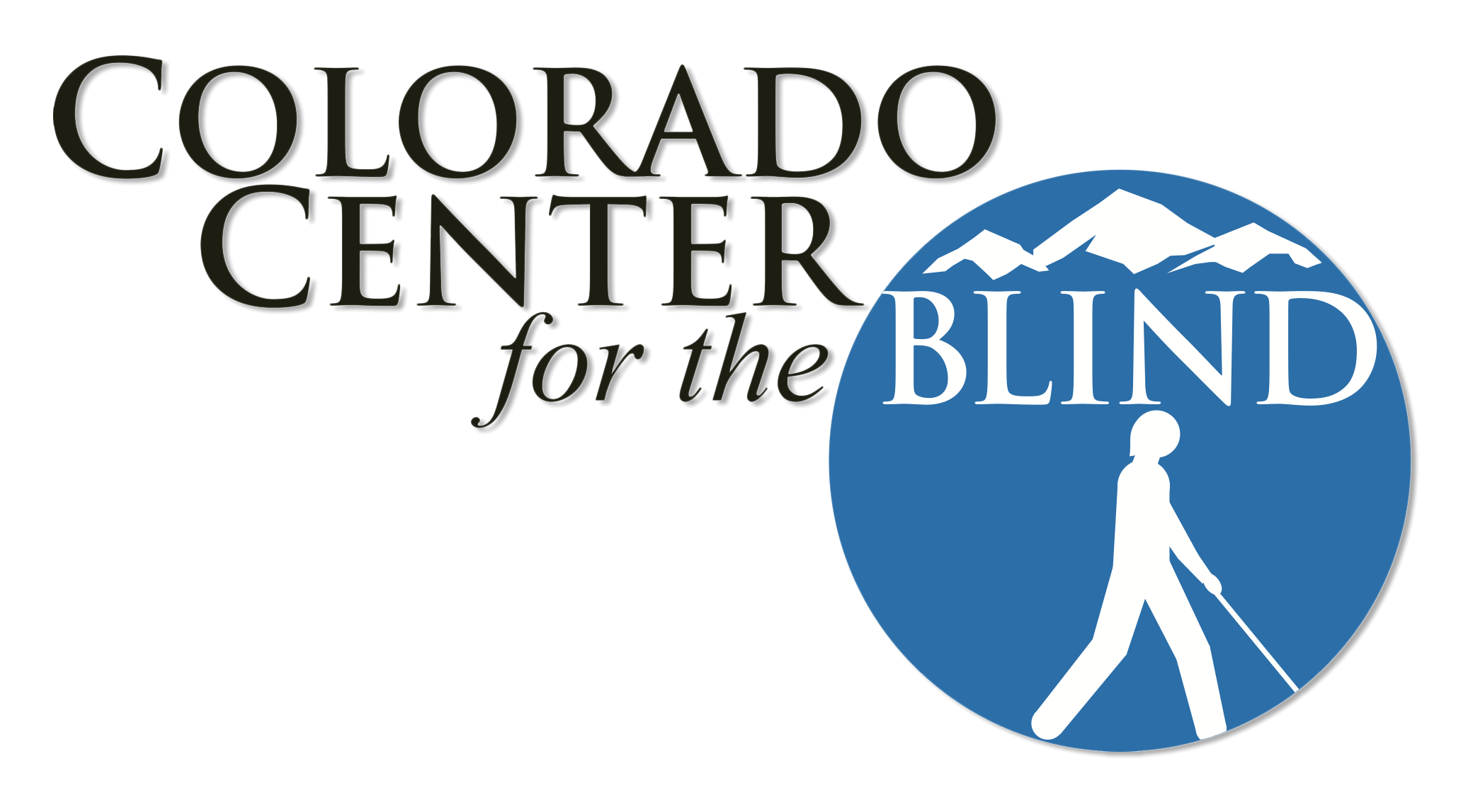Louis Braille made a surprise visit to the Colorado Center for the Blind on June 18 — extremely surprising, given that he’s been dead for 161 years.
“I’m having a great time,” said “Braille” — portrayed by center instructor Tom Anderson — while watching kids practice writing during the center’s Braille Carnival. “It’s great meeting the young children, and the adults and seniors, too.”
The event hosted 120 blind people of all ages to experience a variety of tactile and interactive learning stations. They gathered in the wood shop to learn the basics of braille using large “dots.” In the kitchen, they chose a card, then found the utensil or appliance printed on it. There were candy prizes for successfully completing a word scramble of technology terms in the computer lab. In the travel lab, they attempted a puzzle of the United States and learned intersection safety using Hot Wheels. There were card games, art projects and pizza for lunch.
In the library, “Braille” demonstrated how to write using a slate and stylus, essentially poking dots through a template into paper with a sharp object.
Anderson, who’s been teaching braille at the center since its inception 25 years ago. He donned an elegant purple period outfit to explain the virtues of the writing system the real Braille invented in 1824 at the tender age of 15. Blinded by an accident with an awl at the age of 3, Braille was inspired by a method used by French soldiers as a way to write in the dark.
Today, there are 190 characters in American braille, with combinations of dots representing letters, numbers, math symbols, contractions and even some shortcuts, like one for the letters “ou” together.
“Braille is not as difficult as people think it is,” said Anderson.
“It’s not uncommon for people to read as quickly as sighted people do in print, even 300 or 400 words a minute. But unfortunately, many children are discouraged from learning braille.”
Julie Deden, CCB’s executive director, says there are a lot of misconceptions about the system. People think it’s hard to learn, that it’s slow and inefficient, or that technology can replace it.
“Let’s face it, listening does not equal literacy,” she writes, noting that kids who rely on audio don’t learn spelling and punctuation. “Not to mention, the act of quietly holding a book in your hands and reading for the pleasure of it is a gift. Independent reading is true independence of the mind. Braille is the only thing equivalent to print for the blind.”
This is a lesson Katherine Seaton, 11, is definitely learning as she spends time at the center this summer.
“I think it’s fun, except I have had a couple of hard days,” she said.
“Otherwise, I think it’s just great. It gives you the chance to be independent. It gives you the chance to show your inner self. You leave your outside self and show everybody the inside view. I’m not talking like getting all awkward, just to the point where you’re independent and you feel comfortable enough to ask questions.”
